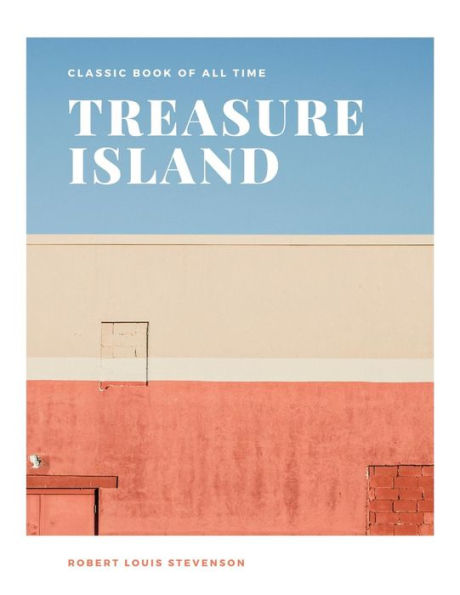Treasure Island: illustrator
Treasure Island: illustrator An old sailor, calling himself "the captain" real name "Billy" Bones comes to lodge at the Admiral Benbow Inn on the west English coast during the mid-1700s, paying Bob the innkeeper's son, Jim Hawkins, a few pennies to keep a lookout for a one-legged "seafaring man". A seaman with intact legs shows up, frightening Billy who drinks far too much rum into a stroke, and Billy tells Jim that his former shipmates covet the contents of his sea chest. After a visit from yet another man, Billy has another stroke and dies; Jim and his mother (his father has also died just a few days before) unlock the sea chest, finding some money, a journal, and a map. The local physician, Dr. Livesey, deduces that the map is of an island where a deceased pirate Captain Flint buried a vast treasure. The district squire, Trelawney, proposes buying a ship and going after the treasure, taking Livesey as ship's doctor and Jim as cabin boy. Treasure Island is an adventure novel by Scottish author Robert Louis Stevenson, narrating a tale of "buccaneers and buried gold". First published as a book on 23 May 1883, it was originally serialized in the children's magazine Young Folks between 1881 and 1882 under the title Treasure Island or, the mutiny of the Hispaniola with Stevenson adopting the pseudonym Captain George North. Traditionally considered a coming-of-age story, Treasure Island is a tale noted for its atmosphere, characters and action, and also as a wry commentary on the ambiguity of morality - as seen in Long John Silver - unusual for children's literature. It is one of the most frequently dramatized of all novels. The influence of Treasure Island on popular perceptions of pirates is enormous, including such elements as treasure maps marked with an "X", schooners, the Black Spot, tropical islands, and one-legged seamen bearing parrots on their shoulders.
"1126882868"
Treasure Island: illustrator
Treasure Island: illustrator An old sailor, calling himself "the captain" real name "Billy" Bones comes to lodge at the Admiral Benbow Inn on the west English coast during the mid-1700s, paying Bob the innkeeper's son, Jim Hawkins, a few pennies to keep a lookout for a one-legged "seafaring man". A seaman with intact legs shows up, frightening Billy who drinks far too much rum into a stroke, and Billy tells Jim that his former shipmates covet the contents of his sea chest. After a visit from yet another man, Billy has another stroke and dies; Jim and his mother (his father has also died just a few days before) unlock the sea chest, finding some money, a journal, and a map. The local physician, Dr. Livesey, deduces that the map is of an island where a deceased pirate Captain Flint buried a vast treasure. The district squire, Trelawney, proposes buying a ship and going after the treasure, taking Livesey as ship's doctor and Jim as cabin boy. Treasure Island is an adventure novel by Scottish author Robert Louis Stevenson, narrating a tale of "buccaneers and buried gold". First published as a book on 23 May 1883, it was originally serialized in the children's magazine Young Folks between 1881 and 1882 under the title Treasure Island or, the mutiny of the Hispaniola with Stevenson adopting the pseudonym Captain George North. Traditionally considered a coming-of-age story, Treasure Island is a tale noted for its atmosphere, characters and action, and also as a wry commentary on the ambiguity of morality - as seen in Long John Silver - unusual for children's literature. It is one of the most frequently dramatized of all novels. The influence of Treasure Island on popular perceptions of pirates is enormous, including such elements as treasure maps marked with an "X", schooners, the Black Spot, tropical islands, and one-legged seamen bearing parrots on their shoulders.
7.98
In Stock
5
1

Treasure Island: illustrator
138
Treasure Island: illustrator
138Paperback
$7.98
7.98
In Stock

Product Details
| ISBN-13: | 9781973817369 |
|---|---|
| Publisher: | CreateSpace Publishing |
| Publication date: | 07/28/2017 |
| Pages: | 138 |
| Product dimensions: | 8.50(w) x 11.02(h) x 0.30(d) |
About the Author
From the B&N Reads Blog
